Double ended metal halide
tommilak
15 years ago
Related Stories
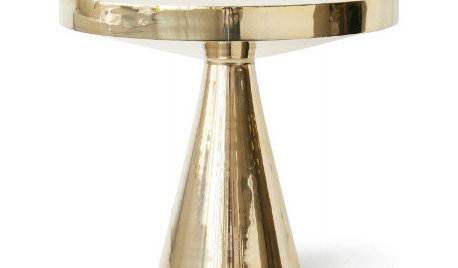
DECORATING GUIDESOn Trend: End Tables Perch on Opposite Ends of Design
Sturdy or skinny and metallic or black, end tables for fall 2012 are going to extremes
Full Story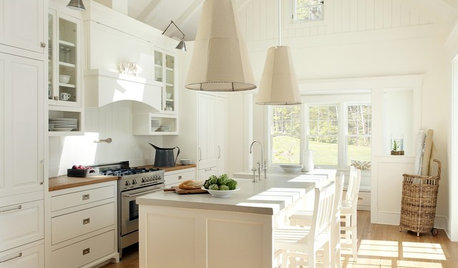
KITCHEN DESIGNDouble Take: Unexpected Kitchen Lights
Big, fancy or one-of-a-kind pendant lights take kitchens way past cooking stations
Full Story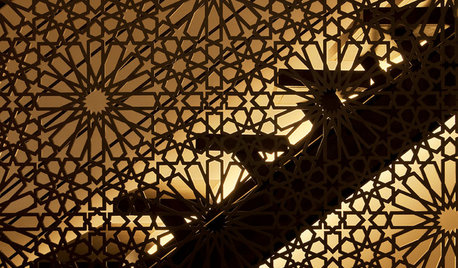
ARCHITECTUREDouble Take: Moorish Goes Modern in a Manhattan Townhouse
A Moroccan screen inspired by an ancient pattern takes high-tech effort, with stunning results
Full Story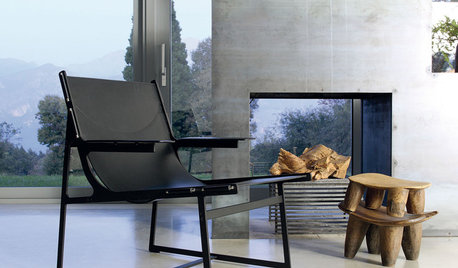
LIVING ROOMSDouble-Sided Fireplaces Multiply Design Options
Flames on two (or more) sides of a fireplace turn up the heat in interior designs
Full Story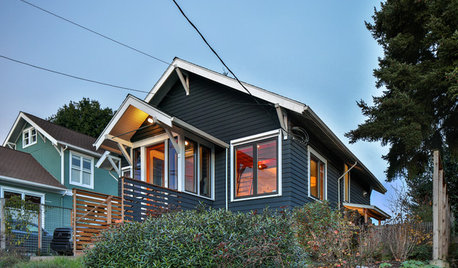
MODERN HOMESHouzz TV: Seattle Family Almost Doubles Its Space Without Adding On
See how 2 work-from-home architects design and build an adaptable space for their family and business
Full Story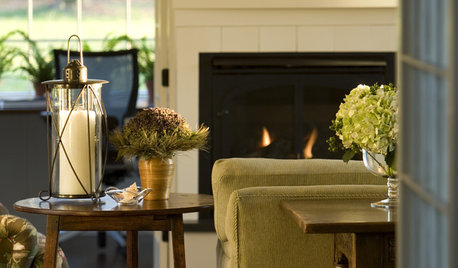
LIVING ROOMSHow to Pick the Right End Tables for Your Sofa
You may want to give your seating accompaniments a standing ovation when you follow these guidelines for choosing the right ones
Full Story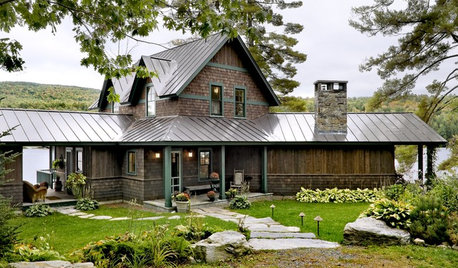
REMODELING GUIDESMaterials: The Advantages of a Metal Roof
Metal reigns in roofing style, maintenance and energy efficiency
Full Story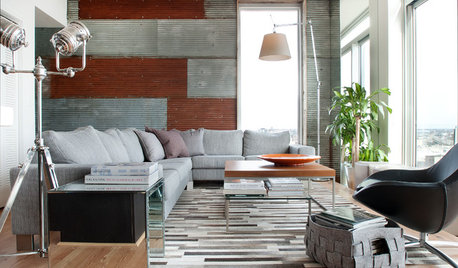
REMODELING GUIDES5 Places to Love Corrugated Metal in Your House
It’s budget friendly, versatile and even colorful. Is it any wonder this popular exterior material is making inroads indoors?
Full Story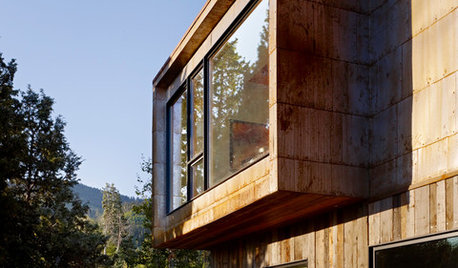
MODERN ARCHITECTUREDesign Workshop: Modern Metal Shingle Style
Steel, copper and zinc shingles take siding to new heights, with less maintenance than their wooden cousins
Full Story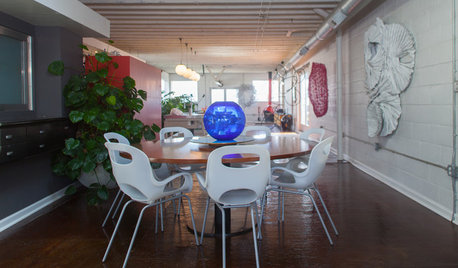
HOUZZ TVHouzz TV: Art and Industry Make Magic in a Pittsburgh Loft
See how 2 inspiring artists turned a metal manufacturing facility into a home rich in life, color and invention
Full StoryMore Discussions






Karen Pease
tommilakOriginal Author
Related Professionals
Lowell Landscape Architects & Landscape Designers · Allentown Landscape Contractors · Clermont Landscape Contractors · Flagstaff Landscape Contractors · Hayden Landscape Contractors · Kearny Landscape Contractors · Mission Bend Landscape Contractors · New Brighton Landscape Contractors · Oak Harbor Landscape Contractors · Hackensack Fence Contractors · West Hollywood Fence Contractors · La Puente Fence Contractors · Bronx Roofing & Gutters · Reno Roofing & Gutters · Orchards Roofing & GuttersKaren Pease